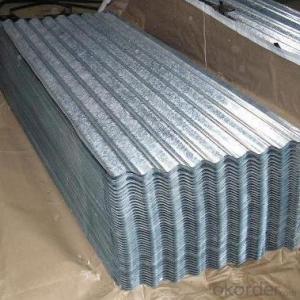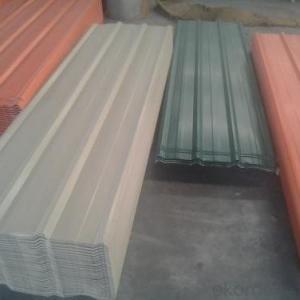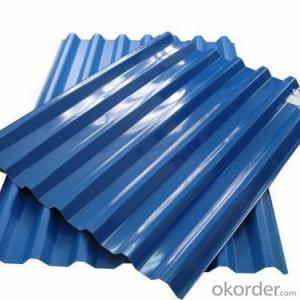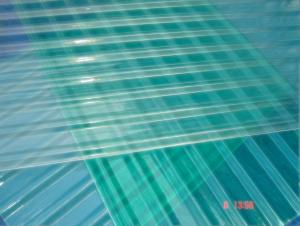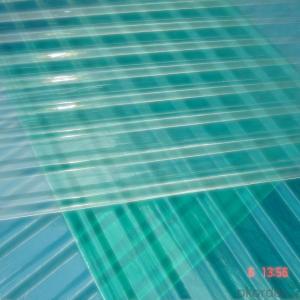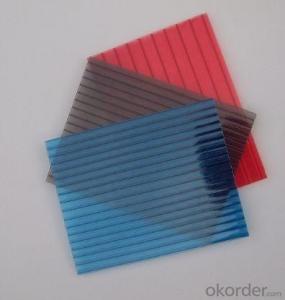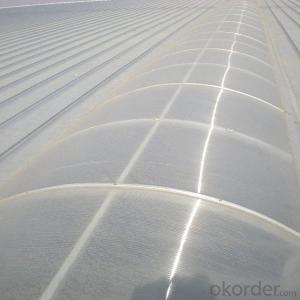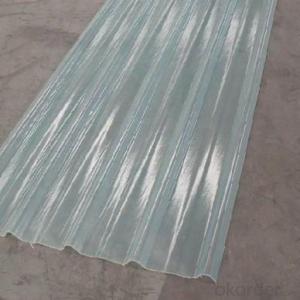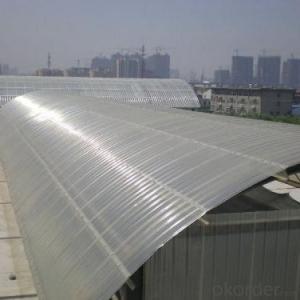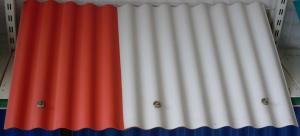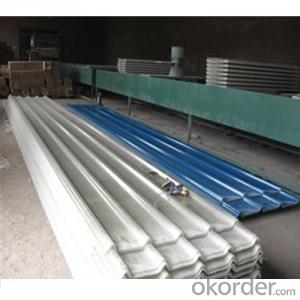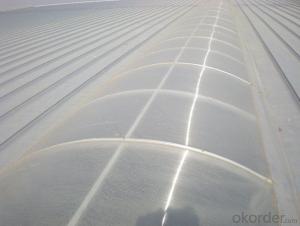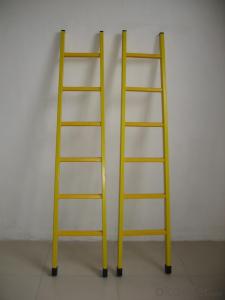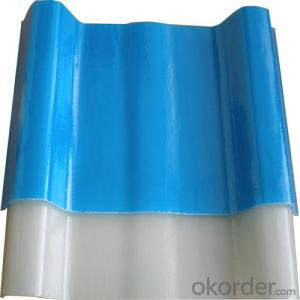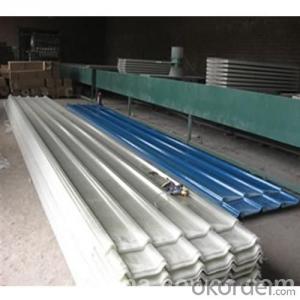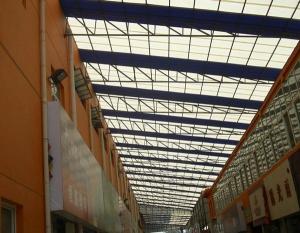UP-resin system, glass fiber , gel coat or protective film
- Loading Port:
- Tianjin
- Payment Terms:
- TT OR LC
- Min Order Qty:
- 300 m
- Supply Capability:
- 80000 m/month
OKorder Service Pledge
OKorder Financial Service
You Might Also Like
Item specifice
PRODUCT DESCRIPTION
Fiberglass roofing sheets,also named Fiberglass Reinforced Plastic(FRP),which are made of fiberglass,polyester resin and film.The film have good anti ultraviolet ,and avoid not yellow aging,premature loss of light transmission characteristics.Fiberglass roofing sheets clean surface appearance ensure the anti-static dust on the surface easily washed away by rain.
Our fiberglass roofing sheets can be widely used in industrial and residential buildings,roof and wall.Because of its stable quality and durable,we received good reputation from our customers.
FEATURES
Electrically and thermally non-conductive
Ultra-violet resistant
Provided in a number of grating thickness and panel sizes with many types of mesh size
Offers bi-directional strength characteristic
Impact resistance
Electronically transparent
SPECIFICATIONS
Product name | FRP Transparent Roofing Sheet/fiberglass skylight |
Brand | CMAX |
Material | High-performance protective film, unsaturated polyester resin, fiberglass |
Width | 900mm, 930mm, 1100mm etc. |
Thickness | 0.8mm, 1.0mm, 1.2mm, 1.5mm, 1.8mm, 2.0mm, 3.0mm etc. |
Length | 5800mm, 11800mm or customized |
Color | Clear, Blue, Green, Red and Opal etc. |
Guarantee | 10 years |
Certification | ISO9001:2015 |
Light transmittance | Base on color and thickness, will have 60%-85% |
| Delivery time | 5-7days(general) depend on the style and quantit |
| Port | Tianjin port |
| Payment terms | ALL Payment terms |
| Minimum order quantity | 500 sqm |
| Supply ability | 80000sqm per month |
PICTURES
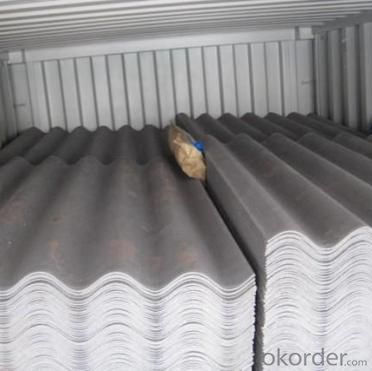
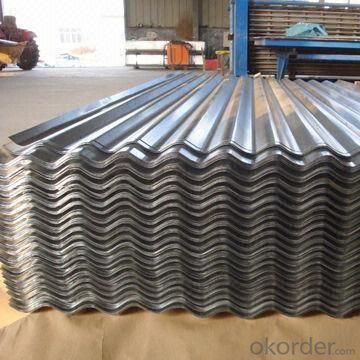
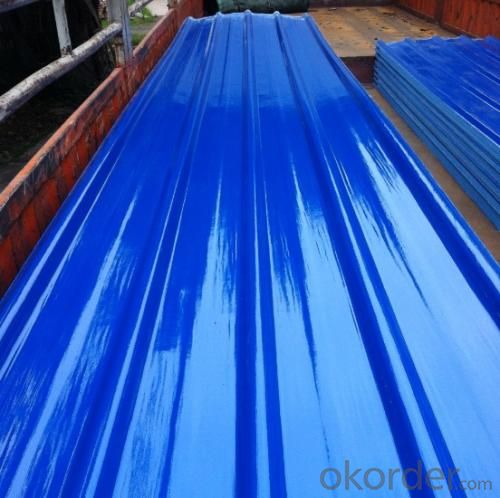
- Q:Do FRP roofing panels require a specific type of underlayment?
- Yes, FRP (Fiberglass Reinforced Plastic) roofing panels typically require a specific type of underlayment. This underlayment acts as a barrier between the panels and the roof structure, providing additional insulation, moisture resistance, and protection against potential leaks. The specific type of underlayment required may vary depending on factors such as the climate, building codes, and manufacturer recommendations, so it is essential to consult the manufacturer or a roofing professional for the best underlayment choice for FRP roofing panels.
- Q:Are FRP roofing panels suitable for ice and snow regions?
- FRP (Fiberglass Reinforced Plastic) roofing panels have certain qualities that make them suitable for ice and snow regions, but there are also some considerations to keep in mind. One of the main advantages of FRP roofing panels in cold climates is their durability. They are highly resistant to impact, cracking, and splitting, which is crucial when dealing with heavy snowfall and ice buildup. FRP panels do not absorb moisture, so they do not become brittle or warp when exposed to freezing temperatures. Additionally, they have a high resistance to corrosion and do not rot or rust, making them ideal for regions with harsh winter weather. Another factor to consider is the thermal conductivity of FRP roofing panels. They have a low thermal conductivity, meaning they do not transfer heat easily. This can be beneficial in ice and snow regions, as it helps to prevent the formation of ice dams on the roof. Ice dams occur when heat from the interior of the building escapes through the roof, causing the snow to melt and refreeze at the roof edges. FRP panels can help to maintain a more consistent temperature on the roof surface, minimizing the risk of ice dams. However, it is important to note that FRP roofing panels are not entirely immune to ice and snow-related issues. Like any other roofing material, they can still accumulate snow and ice, which may need to be cleared periodically to prevent excessive weight on the roof. Additionally, proper installation and insulation are crucial to ensure the panels perform optimally in cold climates. Adequate ventilation and insulation in the attic space can help to prevent the formation of ice dams and reduce heat loss. Overall, FRP roofing panels can be a suitable choice for ice and snow regions due to their durability, resistance to moisture and corrosion, as well as their low thermal conductivity. However, it is essential to consult with a professional and ensure proper installation and maintenance to maximize their effectiveness in these specific climatic conditions.
- Q:Can FRP roofing panels be recycled?
- Yes, FRP roofing panels can be recycled. FRP stands for Fiberglass Reinforced Plastic, which is a composite material made of glass fibers and resin. It is commonly used in roofing due to its durability and resistance to various weather conditions. When these panels reach the end of their life cycle, they can be recycled by removing the fiberglass fibers from the resin matrix. The fibers can then be reused in various applications, while the resin can be processed and used as a fuel source or for other purposes. Recycling FRP roofing panels helps reduce waste and supports sustainable practices in construction.
- Q:Can FRP roofing panels be used for garages?
- Indeed, garages can utilize FRP (Fiberglass Reinforced Plastic) roofing panels. Due to their lightweight nature, durability, and resistance to corrosion, FRP panels prove to be suitable for a range of purposes, garages included. These panels find widespread usage in residential and commercial garage settings due to their capacity to endure severe weather and offer superb insulation. Moreover, the installation process for FRP panels is effortless, and they necessitate minimal upkeep, rendering them an economical option for garage roofs.
- Q:Do FRP roofing panels require a specific type of roof drain or scupper?
- The requirement for a specific type of roof drain or scupper is not necessary for FRP roofing panels. The selection of the suitable roof drain or scupper will be based on the unique design and requirements of the roofing system, as well as the local building codes and regulations. Consulting with a roofing professional or manufacturer is crucial to ascertain the compatible type and size of drain or scupper for the FRP roofing panels being utilized. Additionally, factors like roof slope, area, and intensity of rainfall will also influence the determination of the appropriate drainage system for the FRP roofing panels.
- Q:Can FRP roofing panels be used for sheds?
- Yes, FRP roofing panels can be used for sheds. FRP (Fiberglass Reinforced Plastic) roofing panels are lightweight, durable, and have excellent resistance to weathering and UV rays. These qualities make them suitable for sheds as they provide a long-lasting and low-maintenance roofing solution. Additionally, FRP panels are easy to install and offer good insulation properties, making them a practical choice for shed construction.
- Q:Are FRP roofing panels resistant to weathering?
- Yes, FRP (Fiberglass Reinforced Plastic) roofing panels are highly resistant to weathering. FRP panels are specifically designed to withstand exposure to various weather conditions such as rain, snow, sun, and wind. The fiberglass reinforcement in the panels provides strength and durability, making them resistant to cracking, warping, and fading. Additionally, FRP panels have excellent UV resistance, which means they can maintain their color and structural integrity over time, even when exposed to prolonged sunlight. This weathering resistance makes FRP roofing panels a popular choice for both residential and commercial applications, providing long-lasting protection for buildings in different climates.
- Q:Do FRP roofing panels require any special permits for installation?
- FRP roofing panels typically do not require any special permits for installation. However, it is always recommended to check with your local building department or municipality to ensure compliance with any specific regulations or requirements in your area. Building codes and permit requirements can vary depending on the location, so it is important to consult with the appropriate authorities to ensure a smooth installation process.
- Q:Are FRP roofing panels lightweight?
- FRP roofing panels are indeed lightweight. They possess a high strength-to-weight ratio, making them a durable and lightweight option for roofs. These panels are commonly manufactured using a blend of fiberglass and plastic resin, resulting in a material that is considerably lighter than conventional roofing materials like metal or concrete. The lightweight characteristic of FRP roofing panels simplifies their handling and installation, consequently reducing labor and transportation expenses linked to the roofing project. Moreover, the lightweight nature of FRP roofing panels minimizes the strain on the underlying structure, making them a suitable choice for new constructions and retrofitting alike.
- Q:Are FRP roofing panels suitable for schools?
- Yes, FRP roofing panels are suitable for schools. They are durable, lightweight, and offer excellent resistance to weathering, UV rays, and chemicals. Additionally, FRP panels are cost-effective, easy to install, and require minimal maintenance. These qualities make them an ideal choice for schools looking for a long-lasting and reliable roofing solution.
1. Manufacturer Overview |
|
|---|---|
| Location | |
| Year Established | |
| Annual Output Value | |
| Main Markets | |
| Company Certifications | |
2. Manufacturer Certificates |
|
|---|---|
| a) Certification Name | |
| Range | |
| Reference | |
| Validity Period | |
3. Manufacturer Capability |
|
|---|---|
| a)Trade Capacity | |
| Nearest Port | |
| Export Percentage | |
| No.of Employees in Trade Department | |
| Language Spoken: | |
| b)Factory Information | |
| Factory Size: | |
| No. of Production Lines | |
| Contract Manufacturing | |
| Product Price Range | |
Send your message to us
UP-resin system, glass fiber , gel coat or protective film
- Loading Port:
- Tianjin
- Payment Terms:
- TT OR LC
- Min Order Qty:
- 300 m
- Supply Capability:
- 80000 m/month
OKorder Service Pledge
OKorder Financial Service
Similar products
New products
Hot products
Related keywords

